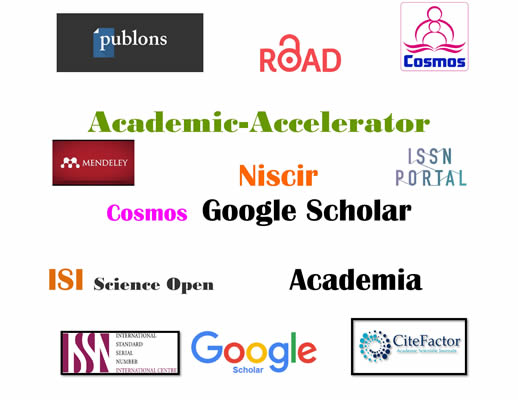Pattern of Health Expenditure and Utilization of Health Care Services in Kerala- A Perspective Analysis
Eldhose A.M,Health care expenditure cuts poor households’ budget in two ways. Not only they have to spend a large amount of money and resources on medical care but they are also unable to earn during illness. Apart from the direct cost of treatment like cost on medicines, diagnostic tests and consultation fees etc, the patient has also to bear a high burden by way of a series of other costs termed as indirect cost such as expenses on transport, room rent, food etc during stay in the hospital, opportunity cost of lost wages of the sick as well as of the bystander and other forms of expenditure which are all associated with an illness episode. Very often, the poor have to borrow funds at a high interest rate to meet the high medical expenditure which carries them into indebtedness, further aggravating the intensity of health burden. Ill health and poor access to health services are increasingly seen as major dimensions of poverty. Poor people are caught in a vicious circle; poverty breeds ill health, ill health results in improvishment and indebtedness. Though health has been considered a fundamental human right since the Alma Ata Declaration (1978), expenditure on health is often unexpected and can be catastrophic in nature. There is no doubt that health insurance will be one of the high priority areas as far as workers, health care providers and insurance companies are concerned. Thus, health insurance could be a way of overcoming financial handicaps, improving access to quality medical care and providing financial protection against high medical expenses.
Open Access Journal | Steps Of Publication | Journal Editorial Board | Journal Indexing | Join As Reviewer | Contact Us | About us | Reviewers Panel
